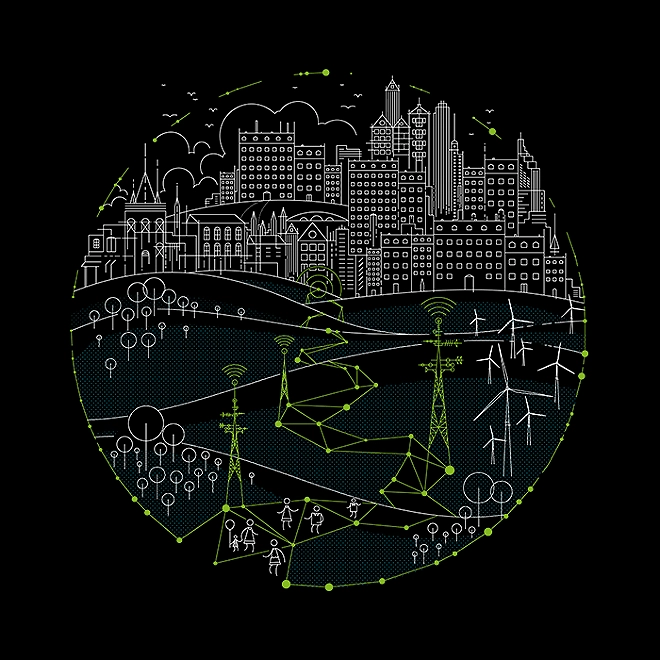Delivering the digital city
Building a best-in-class customer experience in smart cities
Consumers today enjoy the convenience of digital service delivery that many private sector companies now put at their fingertips. So, most people want—and expect—the same level of service from government that they receive from online retailers. Failing to meet that expectation can increase the perception of poor government service. But while many city governments are becoming more digital, there often remains a gap between what citizens want and what they currently get.
Ten key strategies to jump start the digital city
In a survey of more than 3,000 US citizens in 2016, 85 percent of respondents said they expect the same or higher quality from government digital services as they do from commercial organizations, and more than 40 percent were dissatisfied with government's digital services.1 As with any provider of goods and services, governments struggle to provide great service without an integrated, digital workflow. It isn't that government is unaware of the imperative to go digital. In a Deloitte survey of 1,200 government officials from more than 70 countries, 82 percent said that improving the customer experience and increasing transparency are prime objectives of their organizations' digital strategy.2
A constituent-centric digital transformation can help create cities that are not just labeled "smart," but that are also responsive to their citizen's needs. These digitally advanced cities can, in fact, go one step further than just responding to customer needs; they can anticipate their unspoken needs. Here are 10 key strategies that cities can consider adopting to jump start their journey and create more digital and responsive cities.
About the authors
- William D. Eggers is the executive director of the Deloitte Center for Government Insights and author of nine books, including Delivering on Digital: The innovators and technology that are transforming government. His commentary has appeared in dozens of major media outlets including the New York Times, Wall Street Journal, and Washington Post. He can be reached at weggers@deloitte.com or on Twitter @wdeggers.
- Steve Hurst is managing director in Deloitte’s US Government and Public Service digital practice. He is responsible for helping state and local governments adopt and expand their digital capabilities, including constituent portals, business portals, digital studio, identity management, master data management, and advanced personalization and interaction methods. Hurst has 30 years of experience consulting in the public sector.
- Mahesh Kelkar is a research manager with the Deloitte Center for Government Insights. He closely tracks the federal and state government sectors, focusing on in-depth research into the intersection of technology with government operations, policy, and decision-making. Connect with him at mkelkar@deloitte.com or on Twitter @Mahesh_Kelkar
Acknowledgments
The authors would like to thank Mitali Chatterjee from the Deloitte Center for Government Insights for her contribution in driving research and development of the study. Also, John O'Leary from the Center for Government Insights for editorial support at critical junctures.
About the Deloitte Center for Government Insights
The Deloitte Center for Government Insights shares inspiring stories of government innovation, looking at what's behind the adoption of new technologies and management practices. We produce cutting-edge research that guides public officials without burying them in jargon and minutiae, crystalizing essential insights in an easy-to-absorb format. Through research, forums, and immersive workshops, our goal is to provide public officials, policy professionals, and members of the media with fresh insights that advance an understanding of what is possible in government transformation.

